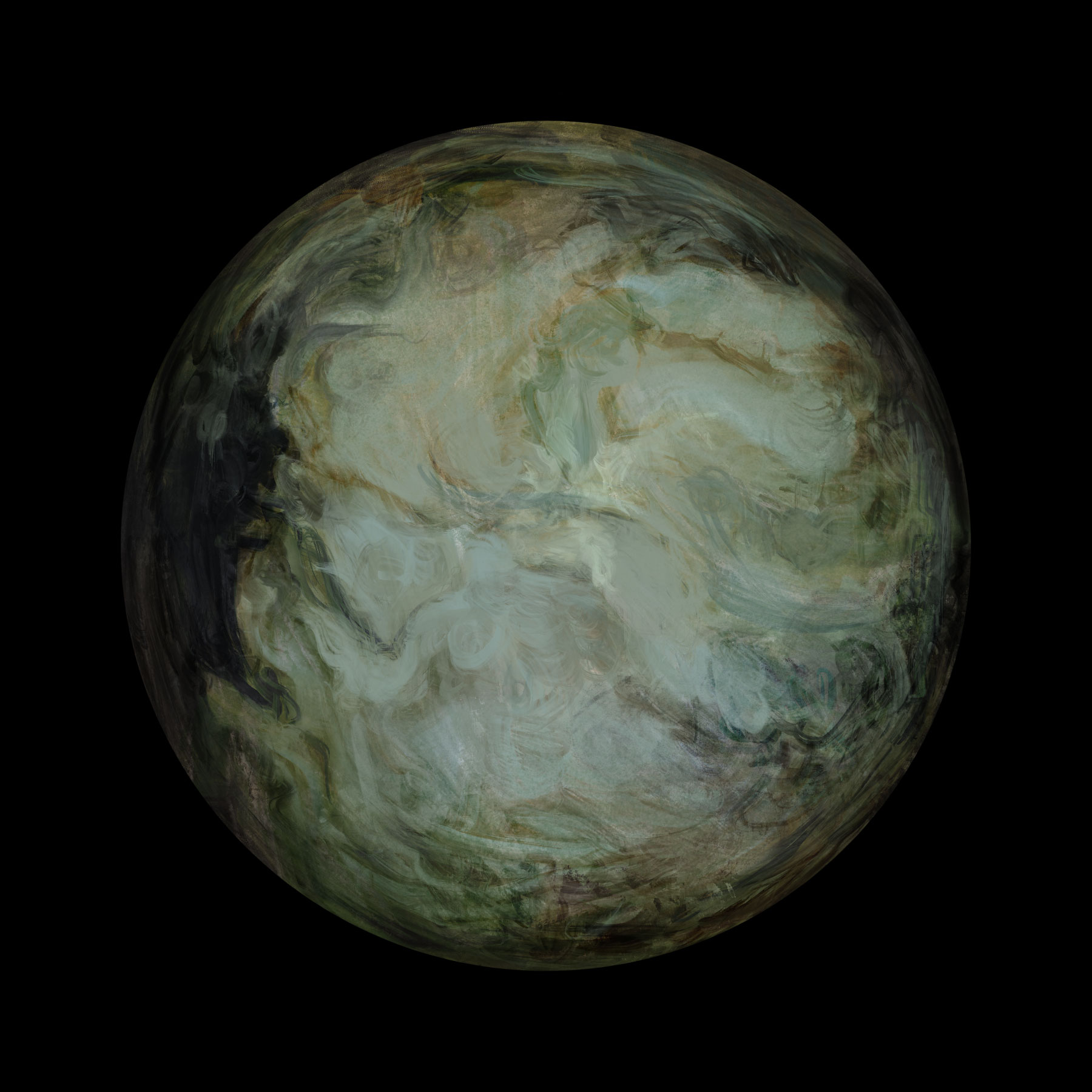

Through Time - National Institute of Standards and įor more information on time reckoning and time zones, check out To convert any eclipse predictions from UT to local time (i.e.

Will see that your local time is 5 hours earlier than UT. Once noted, use this number to convert all eclipse prediction timesįor example, if you are in the Eastern Standard Time zone, you
How many hours different your local time is from Universal Time. The official source of time used in the United States is the In order keep it in sync with UT (which varies due to Earth's Occasionally, a "leap second" is added to UTC Is synchronized and adjusted to stay within 0.9 seconds of Just remember that you'll need toĬheck with your travel agent or with a guide book to find out if Daylight Saving Time is practicedĬoordinated Universal Time (or UTC) is based on atomic time. Zone Map courtesy of HM Nautical Almanac Office, While originally it was mean solar time at 0° longitude, precise measurements of the Sun are difficult. Coordinated Universal Time is a 24-hour time standard that is used to synchronize world clocks. Time zones for countries around the world can be determined with Universal Time (UT or UT1) is a time standard based on Earths rotation. So the eclipse will begin at 16:25 (=4:25pm) local time. Saving Time in June, we must ADD one more hour to the above Pacific Standard Time (PST) = UT - 8 hoursĮffect in the time zone, you must ADD one hour to the aboveįor example, let's assume that an eclipse begins in Toledo, Ohio Coordinated Universal Time is a 24-hour time standard that is used to synchronize world clocks. They are determined by their difference to UTC. In other words, it is the base point for all other time zones in the world. Mountain Standard Time (MST) = UT - 7 hours Coordinated Universal Time or UTC is a standard, not a time zone. For North Americans, the conversion from UT to local time is as follows:Ītlantic Standard Time (AST) = UT - 4 hoursĮastern Standard Time (EST) = UT - 5 hoursĬentral Standard Time (CST) = UT - 6 hours In order to convert eclipse predictions from UT to local time, you need to know what time zone you are in. Like most other astronomical calculations, eclipse predictions are usually presented in terms of Universal Time. It's also approximately equal to mean solar time from Greenwich. Universal Time is actually based on the mean sidereal time as measured in Greenwich, England. Although their exact definitions differ, most readers can assume that Universal Time is equivalent to Greenwich Mean Time or GMT. Universal Time or UT is the precise measure of time used as the basis for all civil time-keeping. Finally, we can measure time through the oscillations of atoms (International Atomic Time). Or we can measure time based on the rotation of Earth on its axis with respect to the stars (Universal Time). For instance, we can measure the passage of time via the orbital motion of Earth and other planets in the solar system (Dynamical Time). Time can be measured in a number of ways.


 0 kommentar(er)
0 kommentar(er)
